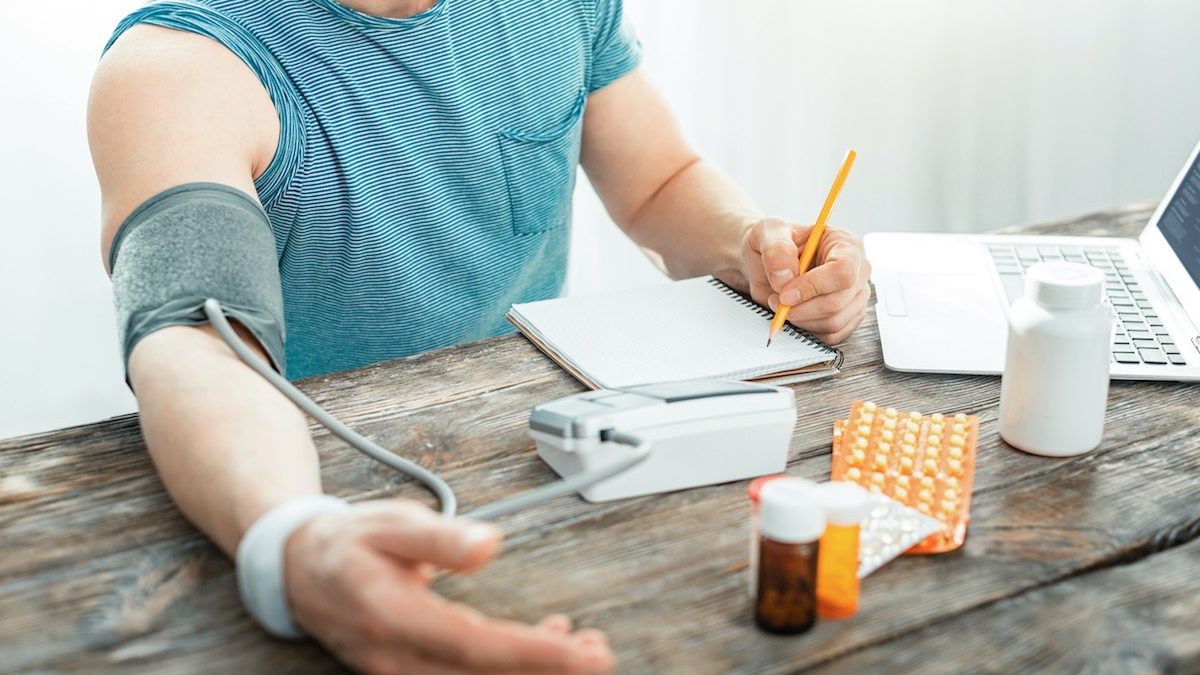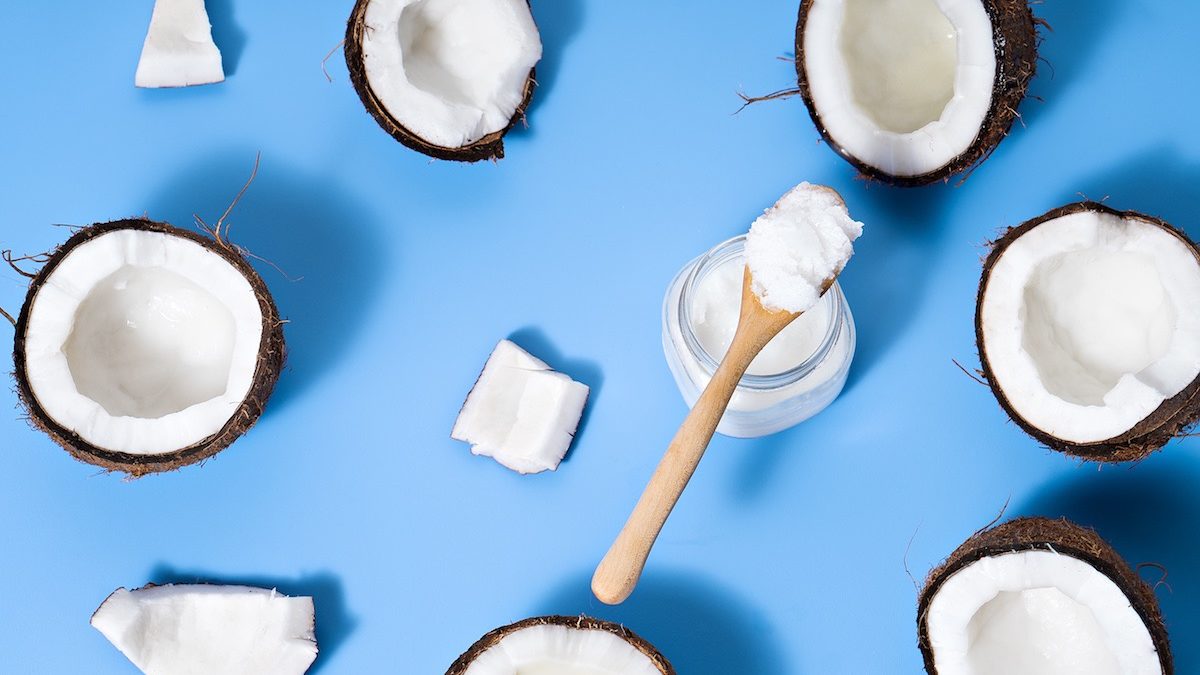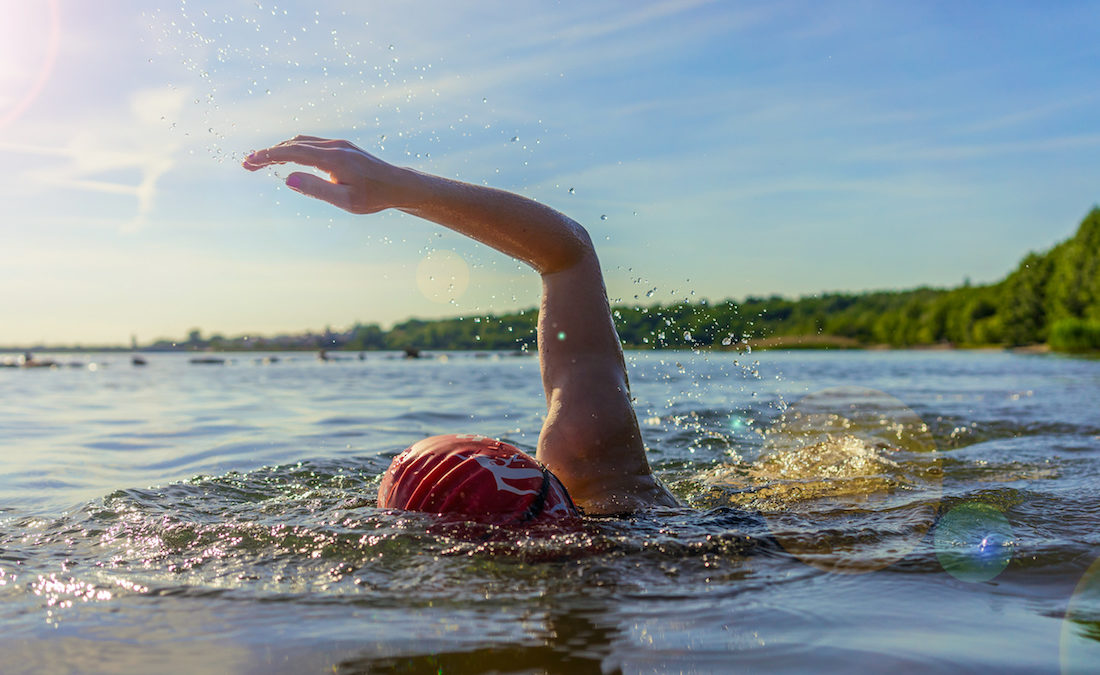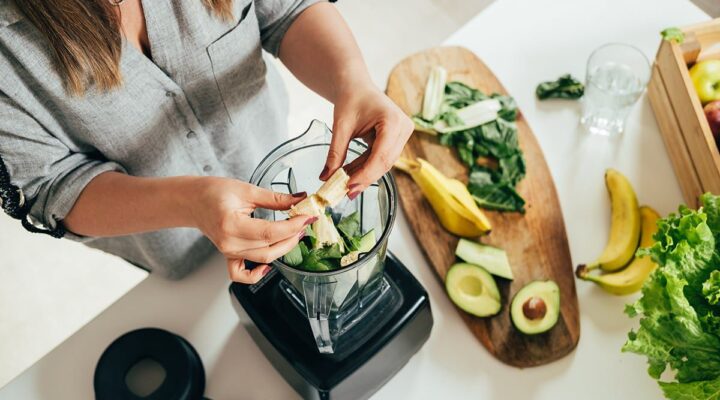What Is Biohacking? The High-Tech Wellness Movement That Wants To Help You Live Forever

The secrets to living a long life have long been a source of discussion in the scientific community, but imagine if making it to 100 wasn’t just luck of the draw.
According to Liviu Babitz, co-founder of CyborgNest, a tech company that designs sensory enhancement devices that look like pared-down Fitbits, we’re on the cusp of the next scientific frontier. Through rapid advances in technology, he believes that future generations of superhuman centenarians may be able to enjoy old age without the looming spectre of disease or sensory decline.
Every morning, the entrepreneur starts his day with an outdoor ice bath in the garden of his London home, before sitting down to take a carefully planned selection of nootropics and other supplements, designed to improve productivity and fight brain degeneration.
Until recently, he also had an electronic implant called the ‘North Sense’ inserted under the skin on his chest. The device, which is made of titanium, gently vibrates every time Babitz faces north, helping him to develop an innate sense of direction without relying on maps or a smartphone.
Liviu is part of a growing movement of people that call themselves biohackers; people who consciously ‘hack’ their bodies and minds to make them function better.
So What Exactly Is Biohacking Then?
The buzzword has become a bit of an umbrella term for anything that involves ‘do-it-yourself’ biology. Bulletproof Coffee founder Dave Asprey has been a key player in turning it into a Silicon Valley buzzword, and it’s a growing movement that’s starting to catch on in the UK too.
In the same way you can hack a computer, biohackers believe we can use science and data to improve our health, fight ageing, and up our life expectancy. Asprey even claims he will live to 180, thanks to his biohacking interventions.
“It’s a system thinking approach and a lifestyle,” explains Tim Gray, one of the UK’s leading voices on biohacking. “It’s the art and science of using nature, technology, and self-experimentation to take control of your own biology, so you can optimise your health, performance, and wellbeing.”
Gray says he first attempted to give his body a reboot after experiencing burnout, focusing on rebuilding his health through experimenting with different therapies and lifestyle changes – plus biohacking, of course. Over the last decade, he’s publicly documented his journey to so-called optimal health and regularly speaks about it with audiences across the globe.
“At its essence, the practice is targeted and quantified using data, rather than guesswork,” says Gray, who tracks his health daily by analysing different blood biomarkers. “The idea is that it’s preventative, helping you to take charge of your health early, rather than waiting to search for a cure for sickness.”
It’s important to note that it’s not the healthy lifestyle interventions that make you an extreme biohacker, however – it’s the ‘hacking’ element, and critics of the trend have called it controversial. Mostly, this is because converts are not qualified health care professionals, and many of the key figures at the forefront of the movement are tech entrepreneurs.

Biohacking In Practice
Biohacking can cover a huge range of different activities, ranging from the gentle – like tracking your sleep and making changes based on the data – to more extreme body modifications. “Biohackers optimise their health by nature first, technology second and medicine third,” says Gray.
The most experimental biohackers are known as Grinders. This subsection of the movement are almost part-cyborg, upgrading their bodies with a combination of gadgets, chemical injections and implants. Some of the more controversial (and dangerous) biohacks include parabiosis: the vampiric practice of swapping blood between a young person and an older person to increase life.
Other hardcore hackers have permanently implanted headphones into their ears, as well as microchips that open doors and transmit health data to their smartphone.
Why Do People Biohack?
According to proponents of the trend, there are a raft of benefits to shortcutting your biology.
For Babitz, the decision to implant an inch-long compass into his chest was out of desire to feel more in-tune with nature.
“Navigation orientation has become a huge pillar in our life in the last century. 200 years ago, you would have maybe travelled to a big city once in your lifetime, but today, everything moves so fast,” he explains.
“We live in a different environment, yet we are lost and we don’t really have an awareness of orientation and how things are connected.”
Liviuz’s start-up, CyborgNest, designed the compass as a solution to the problem. “Everytime you face the magnetic field of the planet, you get a vibrating notification, similar to those that birds and other animals have,” explains Babitz.
Buy why doesn’t he just use a smartphone? “The compass on your phone is something that you need to make a deliberate decision to use, but the magic with senses is that they are always on,” he explains.
“This helps us to build what we call our perception of reality. It’s the same with sensing the magnetic field of the planet; because it’s a permanent thing, you start understanding how things are connected and correlated with one another. The permanency of sensing the magnetic field, to me, was amazing.”

Image credit: CyborgNest
Ed van Harmelen, founder of supplements brand Youth and Earth, started his biohacking journey in his 40s, experimenting with regularly exercising in oxygen tents, utilising hyperbaric oxygen therapy, and practicing Wim Hof’s cold water therapy.
“I was at an age where I started to feel aches and pains more, and I noticed that it took me longer to recover, so I became curious about practices that could help me to feel better in the day-to-day,” he says.
Since then, he’s started adding MCT coconut oil to his coffee, taking NMN (an anti-ageing supplement), and experimenting with intermittent fasting practices.
Van Harmelen also has a flash glucose monitor inserted into his skin. ”It’s basically a small sensor that reads your glucose without having to finger-prick,” he explains. “You don’t have the hassle of having to go through the usual process – you scan the disc with your phone and it gives you a quick reading.”
There may be an obvious sense of convenience, but for some, biohacking can offer a sense of control over an uncertain future. “People want to learn more about their bodies and understand why certain things are happening, whether something feels off or it’s functioning in a less efficient way,” says Van Harmelen. “Ageing isn’t the problem, it’s the age-related diseases that come with it.
“For me, it’s about my health span and not just my lifespan, and learning more about how I can prevent health problems so I can age well,” he continues.“It’s an expensive lifestyle, but it’s something that became more of a priority for me as I got older.”

Is It Safe?
Some practices that feature in biohacking methods may be generally safe – like taking certain supplements, waking with the sunrise or making healthy changes to your diet. However, some of the more out-there biohacking techniques like body modifications, may not be safe and obviously shouldn’t be attempted at home.
As always, it’s important to speak to your doctor before making any adjustments to your diet or health – and none of us should blindly follow wellness trends without considering whether they’re really right for us. However, Gray says there are some gentle ways you can incorporate the thinking behind biohacking into your everyday life.
“You can safely ‘biohack’ at home by optimising your sleep, wearing blue-blocking glasses and limiting blue light exposure from gadgets,” says Gray. Blue light is thought to be detrimental because of its association with suppressing melatonin levels, leading to poor sleep.
Gray adds there’s emerging research to suggest that ‘grounding’ therapy – going barefoot outdoors – can help to improve our mood too. Some proponents of the trend believe that having direct contact with the earth – whether through walking barefoot or swimming in the sea – can help us to connect with its natural energy, which in turn can bring our bodies back into alignment.

Finally, getting your blood tested is one of the simplest and safest techniques. Blood work can tell you if you’re deficient in various nutrients, helping you to build a supplement plan that’s right for you.
Essentially, biohacking is not all about being a living synth, and while implanting microchips into our bodies still feels a long way away for the average person, there’s something we can all take from the underlying principle of consciously ageing well.


















